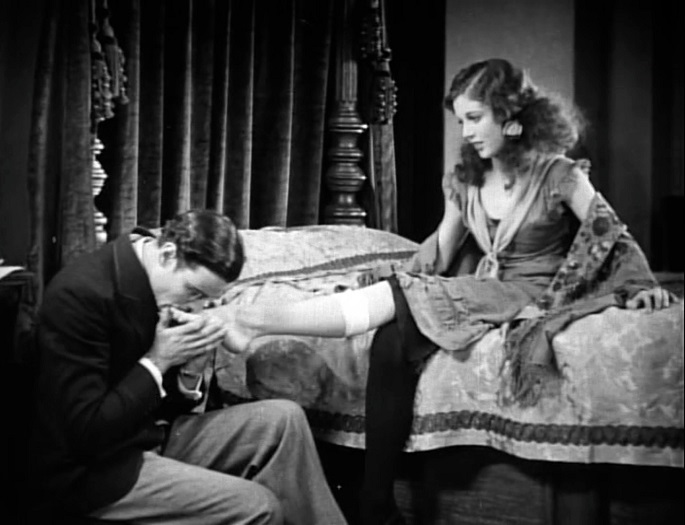I started with the one concept of Noir, starting to try to figure out what it is I like so much about ‘old movies’ generally. A quick detour to Orsonville. And now I’ve learned one more thing to share with you.
"As a result, some films in the late 1920s and early 1930s depicted or implied sexual innuendo, romantic and sexual relationships between white and black people, mild profanity, illegal drug use, promiscuity, prostitution, infidelity, abortion, intense violence, and homosexuality. Nefarious characters were seen to profit from their deeds, in some cases without significant repercussions."
As a result of what?
Pre-Code Hollywood was the brief era in the American film industry between the widespread adoption of sound in pictures in 1929 and the enforcement of the Motion Picture Production Code censorship guidelines, popularly known as the "Hays Code", in mid-1934. Although the Code was adopted in 1930, oversight was poor, and it did not become rigorously enforced until July 1, 1934, with the establishment of the Production Code Administration (PCA).
Legalistic BS and the morals police.
The Reverse of the Medal.

That’s Loretta Young again by the way.
My previous assertion about the ‘brief era’ between sound and color was a little uninformed–too broad. This new information, as explanations go, is conversely too narrow. I’m not sure I’d seen a real Pre-Code film until now. But I have now, and it’s enlightening.
I started with Millie (1931) , starring Helen TwelveTress and no on else you ever heard of.
Things get rolling with Sin Takes a Holiday (1930), an amazing look at the phenomenon of marriage and how it was viewed at the time. It’s a vehicle for women to trade with. That’s not what we’ve been told at all, coming out of the 50’s, about traditional views on the matter.
The real eye-openter for me though was Kept Husbands (1931), especially the early parts of the movie (the very end is tacked-on and dumber than the rest). In it, a rich young woman has her jaded eye caught by a new toy in the form of an all-american boy of good morals who is not rich. She wants to know why he doesn’t trade on his college football fame to cozy up to the right people, and he tells her:
You can’t run around with the right crowd on 45 a week.
In these early scenes, the class war is very nakedly on display. The rich folk make a lot of jokes about the ‘overall-wearing’ working poor, and can’t imagine carrying their lunch around in a pail–they’d be ashamed to have to do it.
I have a lot of complicated feelings about this. I expect I’ll be working through them over time.
90 years later and thousands of miles from Old America on the east coast, I walk out into a moonless night to put my trash at the curb.
I am reminded about why I love this place, and so much of it has to do with low population density.
Not being around most of the people most of the time is more necessary than ever for my psychology in its current state of precarity.